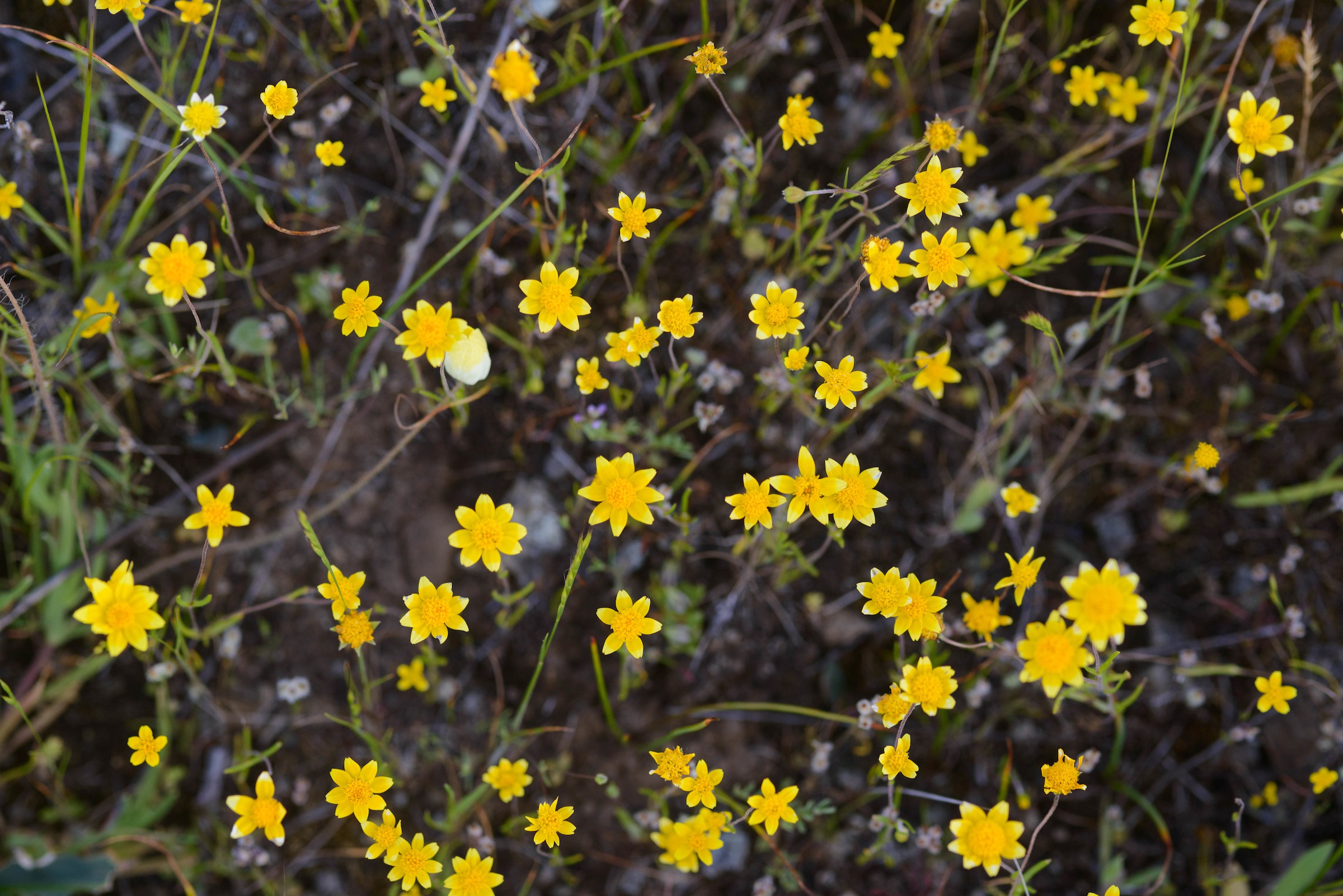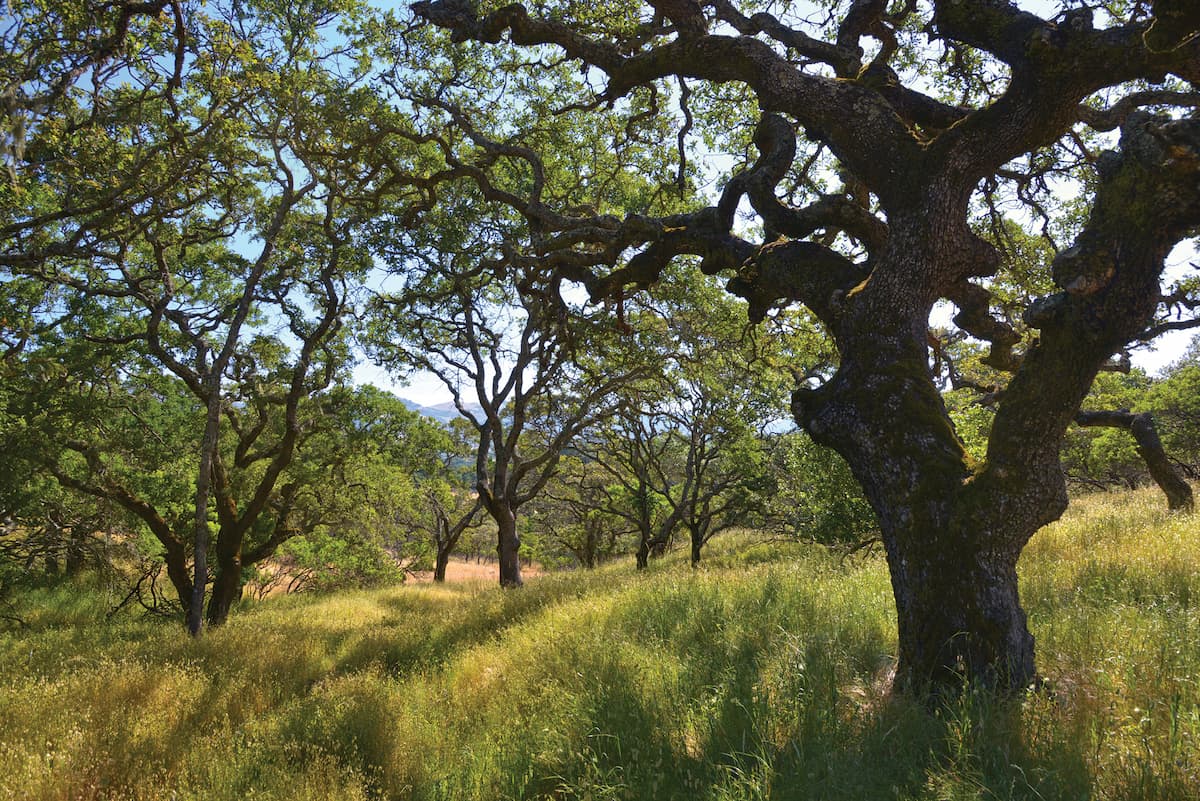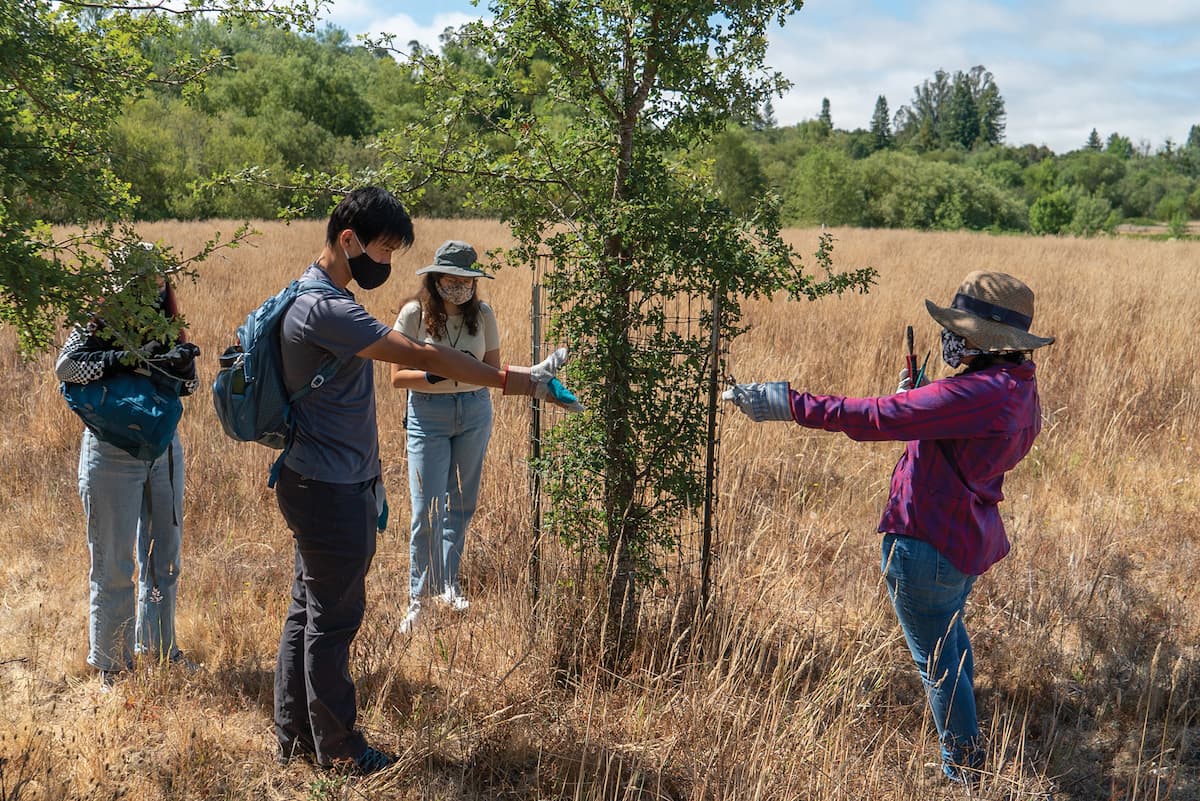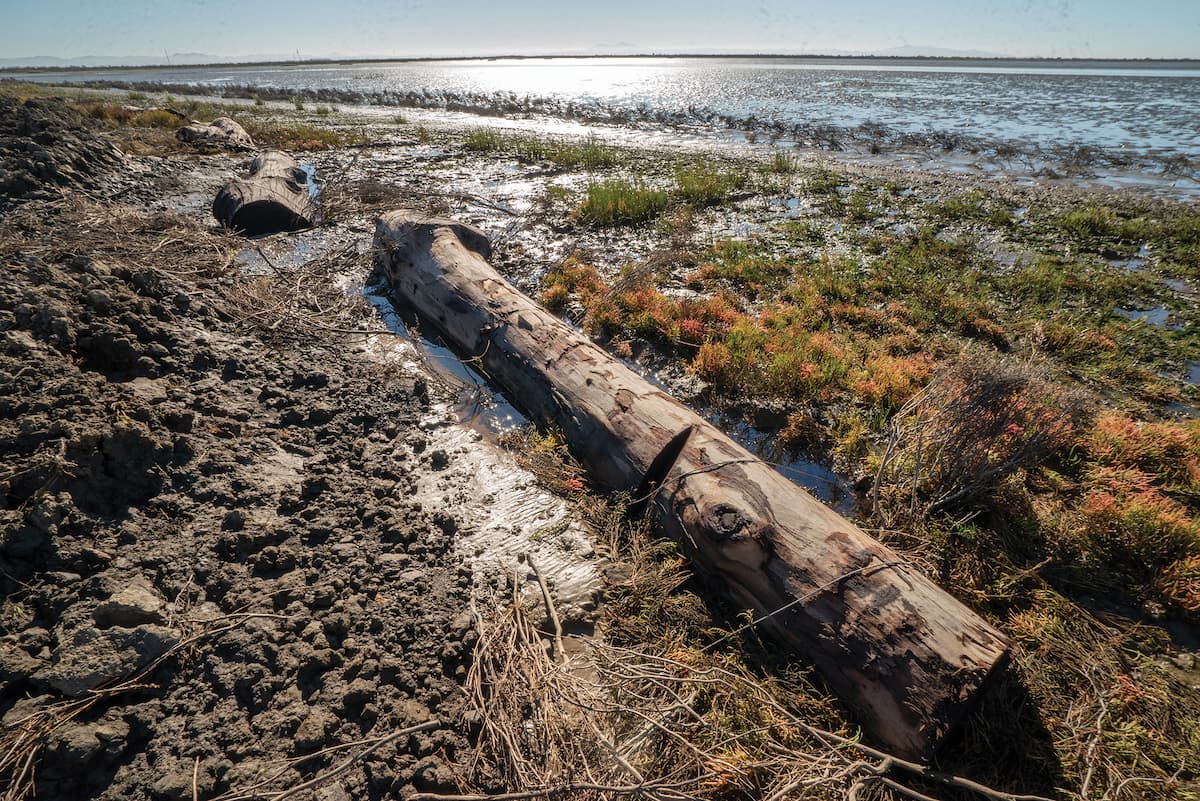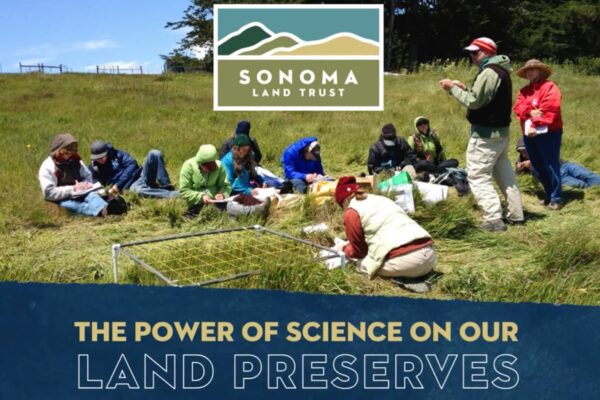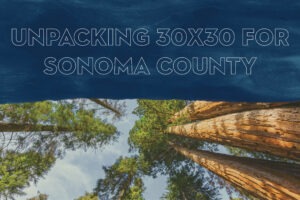Strategic Plan 2023–2028
Land


The challenge
The loss of habitat and open space poses a great risk to the biodiversity in our region. This decline in the variety and numbers of species has tremendous impact to our lives and our quality of life. It contributes to a reduction in carbon storage capacity, increasing greenhouse gas emissions, and dismantles functioning natural systems that protect communities from rising sea levels, wildfires, droughts, and disease.
Plants, animals, and people need room to move in and through the landscape to find shelter from heat, higher ground from rising waters, fresh water in times of drought, and places to rehome after a wildfire. Without swift action, we will lose these large habitat areas and the benefits they provide to unsustainable development and landscape fragmentation. The cascading effects will accelerate and amplify the negative impacts already occurring in Sonoma County and beyond. Therefore, when we address the biodiversity crisis, we are addressing the climate crisis at the same time!

The solution
Conserving and restoring functioning, healthy ecosystems not only protects a variety of species but improves and maintains the natural infrastructure (i.e. forests, wetlands, floodplains, watersheds) crucial for maintaining air and water quality.
Natural infrastructure like biodiversity is also essential for buffering our communities from the worst effects of climate change. When we preserve large, intact landscapes, wildlife corridors, and natural infrastructure that perform irreplaceable roles in supporting the web of life, we create wildlife refuges for thousands of diverse species that call Sonoma County home.
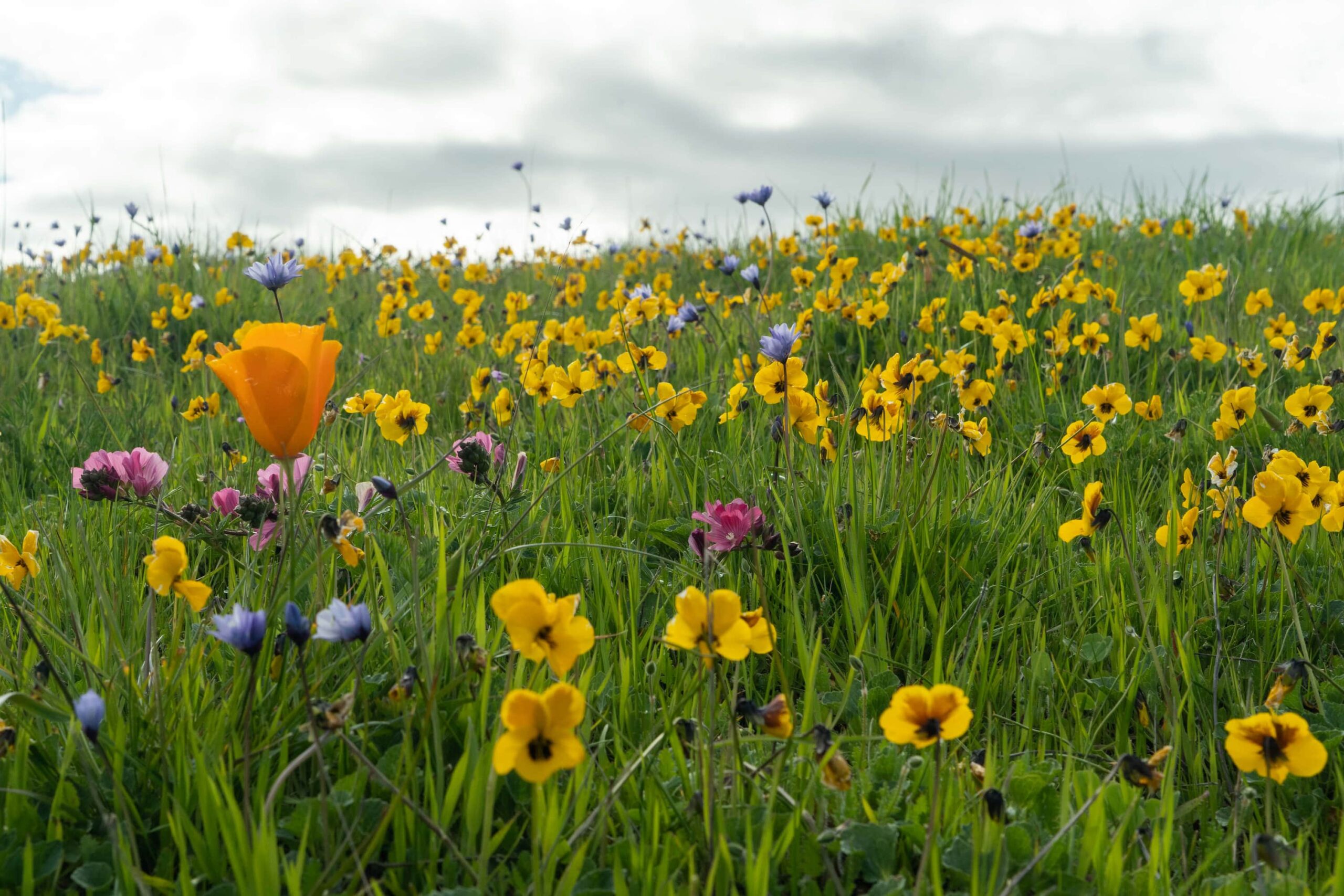
goal
Land conservation is at the core of our work, and we will continue to proactively protect Sonoma County’s rich biodiversity. In alignment with California’s 30×30 conservation goals (30% of all land and water protected by 2030) we will acquire, conserve, and restore lands with the highest capacity to support connected and healthy habitat and ecosystems which provides plants and animals the space for movement, proliferation, and adaptation to a changing climate.
Why this matters
Sonoma County is an integral part of a larger, globally recognized biodiversity “hotspot” that contains a diverse array of plant and animal species, some of which are found nowhere else on earth. Within a few decades, climate change will dramatically reshape the number and variety of species that will inhabit the planet. Addressing the mass extinction crises that has already begun in Sonoma County will have an impact on efforts around the globe.
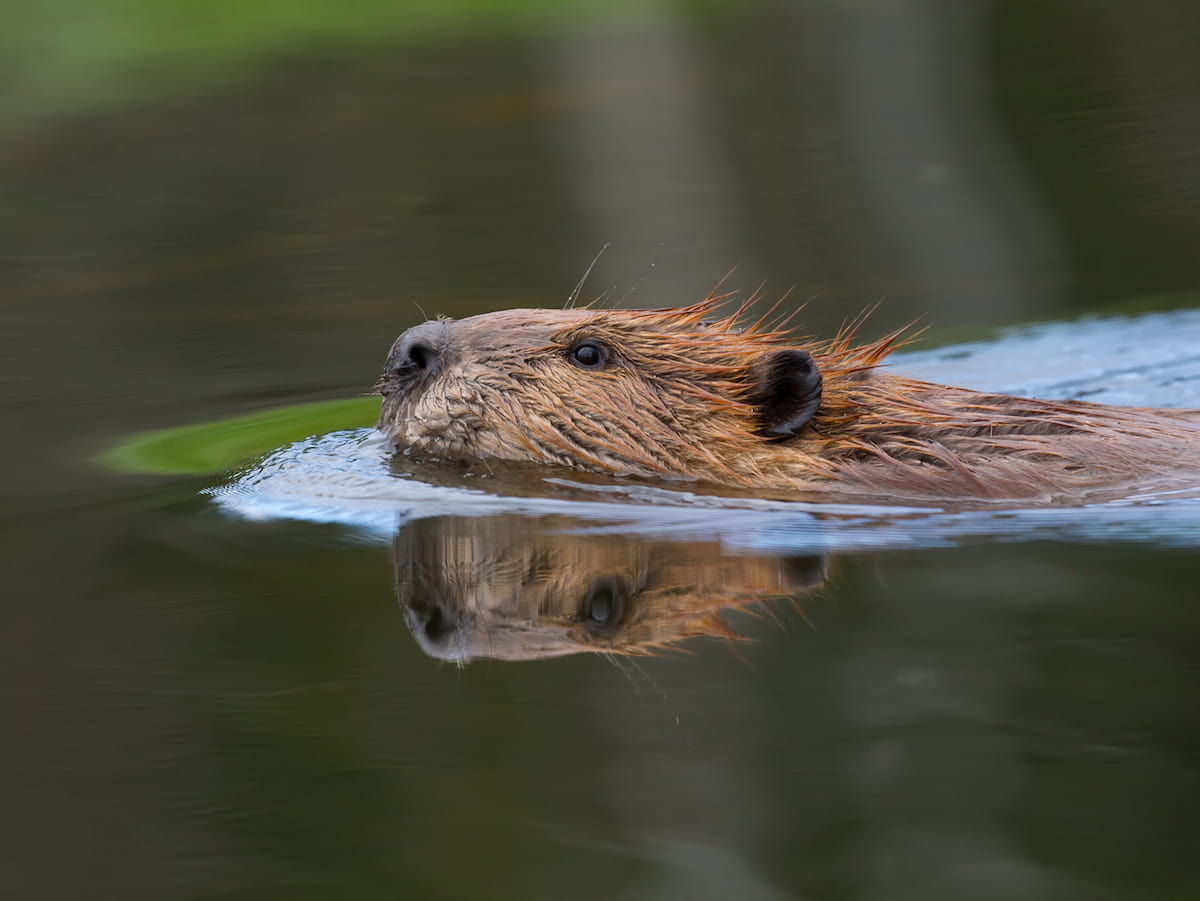
Our approach
The most effective strategy for to preserving biodiversity is the one Sonoma Land Trust has developed, implemented, refined, and perfected over the course of almost 50 years. During that time we have successfully protected 57,000+ acres of open space throughout the county putting our fundraising, land acquisition, land stewardship and partner collaboration expertise to work. We are a voice for nature in policy and planning conversations, advancing strategies to protect biodiversity through our advocacy work that informs decision makers on how best to protect our shared natural resources.



